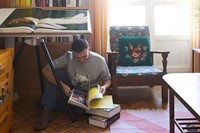How have people’s lives been shaped by the print matter they collect? In a new column for AnOthermag.com titled Paper View, Norwegian publisher, curator and critic Elise By Olsen sifts through the libraries of various cultural figures, learning more about their lives and careers in the process.
Casually delayed, this column continues over a FaceTime video call in April. Luis Venegas – the Spanish editor and publisher – is at home in Madrid, settled in front of a gigantic bookshelf that measures four by nine metres, the top only accessible via a useful library ladder. The books are densely packed, and to think this is just one of many bookshelves in Venegas’ home … In fact, his home is not unlike a labyrinth made up of overflowing rooms, risqué piles and rich racks in industrial aluminium or sophisticated wood. Bits and pieces are gradually revealed on camera: drawers of booklets, queer zines, playing cards by Kim Jones for Umbro – I’m reminded of one of those ‘What’s In My Make-Up Room’ tours on YouTube – although this is an alternative collecting practice. Meanwhile, I’m crouching underneath a desk at the Oslo municipal public library – built in 1785 – failing to get WiFi.
Venegas is responsible for several independent limited edition magazine titles: Fanzine137, Candy Transversal, The Printed Dog and different EY! titles. Venegas grew up in the suburbs of Barcelona, and his father is not a publisher – “it isn’t an Anna Wintour kinda home” – he is a construction machine operator. He discovered magazines at his grandma’s place on Sundays, or Pronto at least – the Spanish weekly gossip rag. “It was all about scandals. Celebrities were manually cut out and pasted together as rumoured couples on the covers. This was long before Photoshop – even a child could see it was fake.” His uncle used to buy him Asterix, Lucky Luke and Marvel superhero comic books, which prompted a collection. “I’ve always been obsessed with those Marvel stories, its characters, and the great artists who made them happen.”
The first international magazine Venegas ever bought was a Vanity Fair March 1992 issue with the actress Goldie Hawn sitting on an elephant’s nose, shot by Annie Leibovitz. He has consistently bought magazines for the last 30 years, which he blames on the power of the image. “At the time I didn’t read the articles. I bought magazines solely for the photographs. I wanted to collect them all, I wanted all the Leibovitz and all the print magazines that I could get my hands on! In one of these Leibovitz issues, [Richard] Avedon popped up and then I needed to get anything Avedon too. And then in Vogue US, Purple or The Face were mentioned, so I wanted those next.”
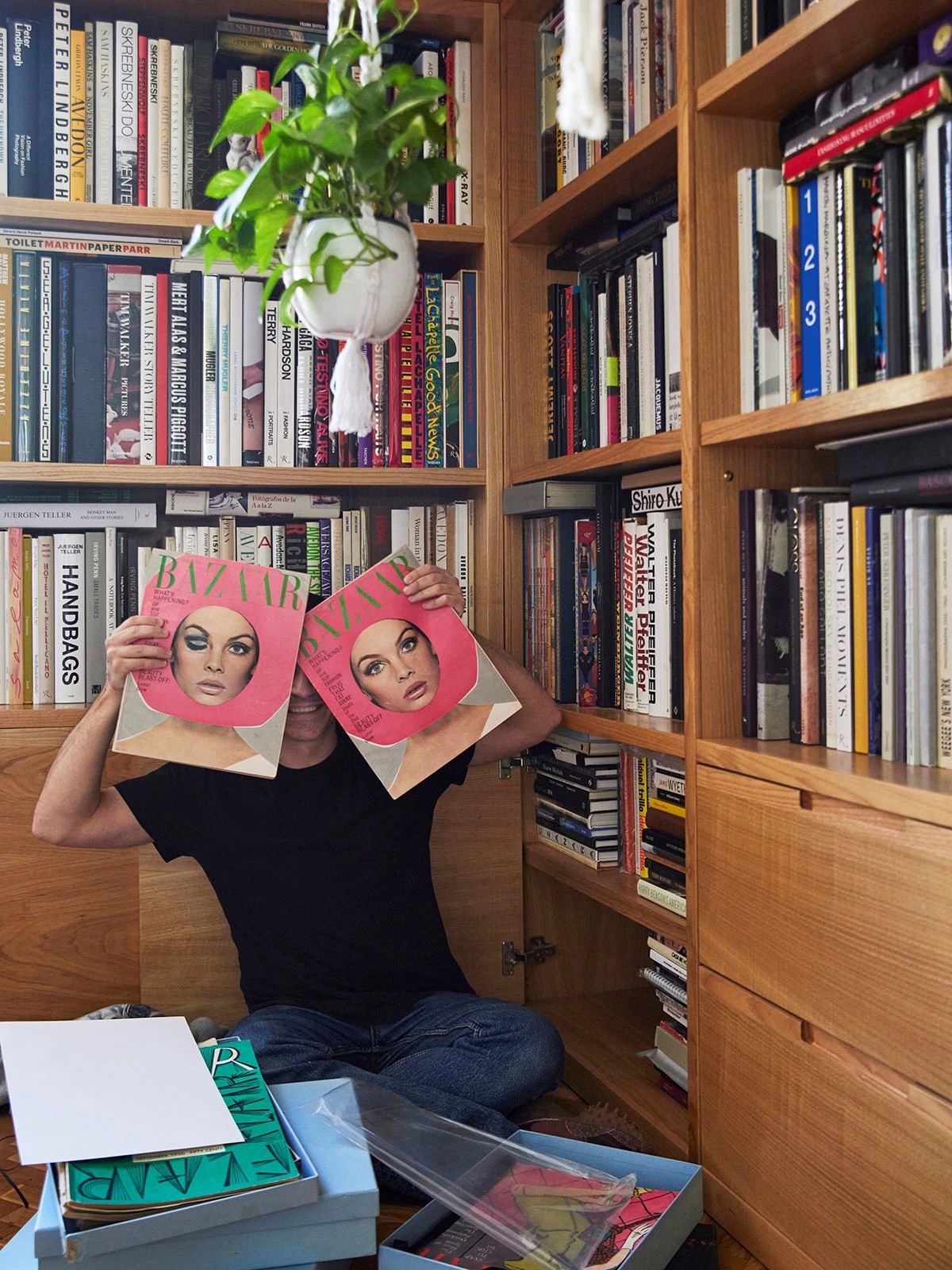
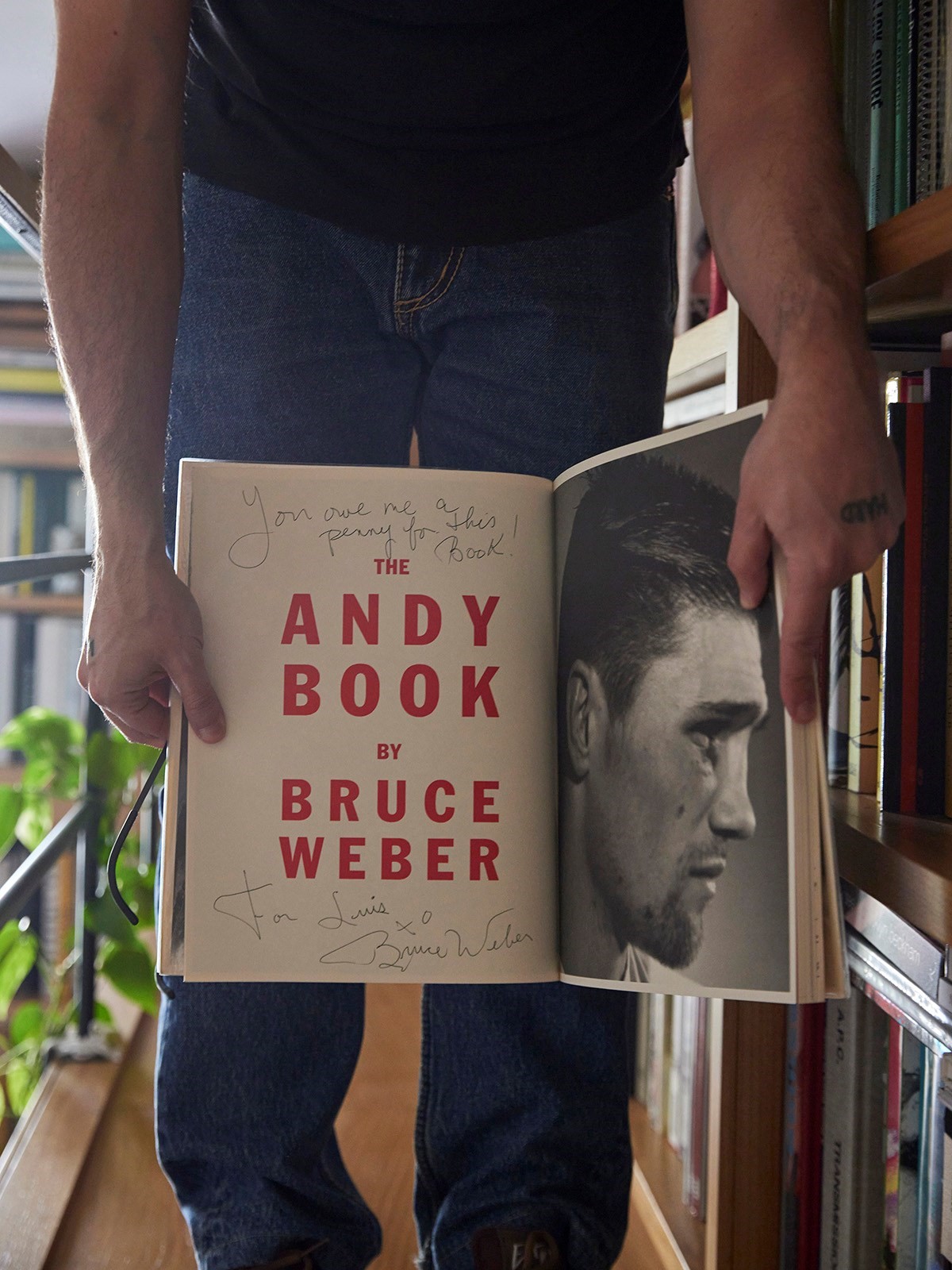
Venegas recently mapped out his ever-growing collection of rare magazines and books and properly recorded all of it in an Excel file. It took him nine months. “I have so many things. And when I say many, I mean many. The good thing is that I’ve always been very organised, I know very well where everything is. I once moved apartments and the moving company kept carrying out books and more books, stating again and again: ‘WHERE did you get them all?!’ It truly was a hassle.”
Other printed matter Venegas has been collecting is catalogues from fashion houses – truly seminal objects that were usually distributed for free in stores. “Every six months, when the season was changing, I took the train from my little hometown to Barcelona and spent a whole afternoon going from Armani to Versace to Donna Karan, all the fashion luxury stores, collecting that season’s paper footprint. I was 13 or 14 years old and carried around a backpack full of catalogues. As for the brands we didn’t have in Barcelona, such as Yohji Yamamoto, I would flick through magazines and go to the gutter, the brand credits: usually on the very last pages, I would discover the telephone number of this or that store. I would ring from the house telephone to Paris or Milan – God knows in what language, some kind of English I hope – and I would request these catalogues. Even though I was a child, they would send them to me.”
“I think it’s a bit unethical to have lots of inventory of unsold printed matter. I’d rather make collectibles” – Luis Venegas
Today Venegas is also a creative consultant who has collaborated with brands such as Rimowa, Loewe, Acne Studios, Eytys and Gucci; brands that still, in a highly digital fashion media landscape, seem to value physical campaigns and catalogues. Venegas says he enjoys freelance projects or consulting for brands and is always eager to work in that way. “I understand the craftsmanship of making good, physical or printed objects. But I also like – and know how to work with – snappier, more instant communication. I do embrace digital formats such as videos, reels and TikToks. In many ways, digital is the best thing for its immediacy and the worst thing due to its ephemeral impact.”
Back in the day, there was no digital option. For most people who wanted to follow fashion, it was print only, besides witnessing the actual runway. There was no scrolling Vogue Runway, no open tabs of SHOWstudio; you had to get out of the house and physically search for it. Similar to the catalogues (and gossip magazines), the shows were powerful tools to catch people’s attention. “In many ways, the shows were clickbait. Highly experiential, frivolous, flashy. No communication trick remained unused!”
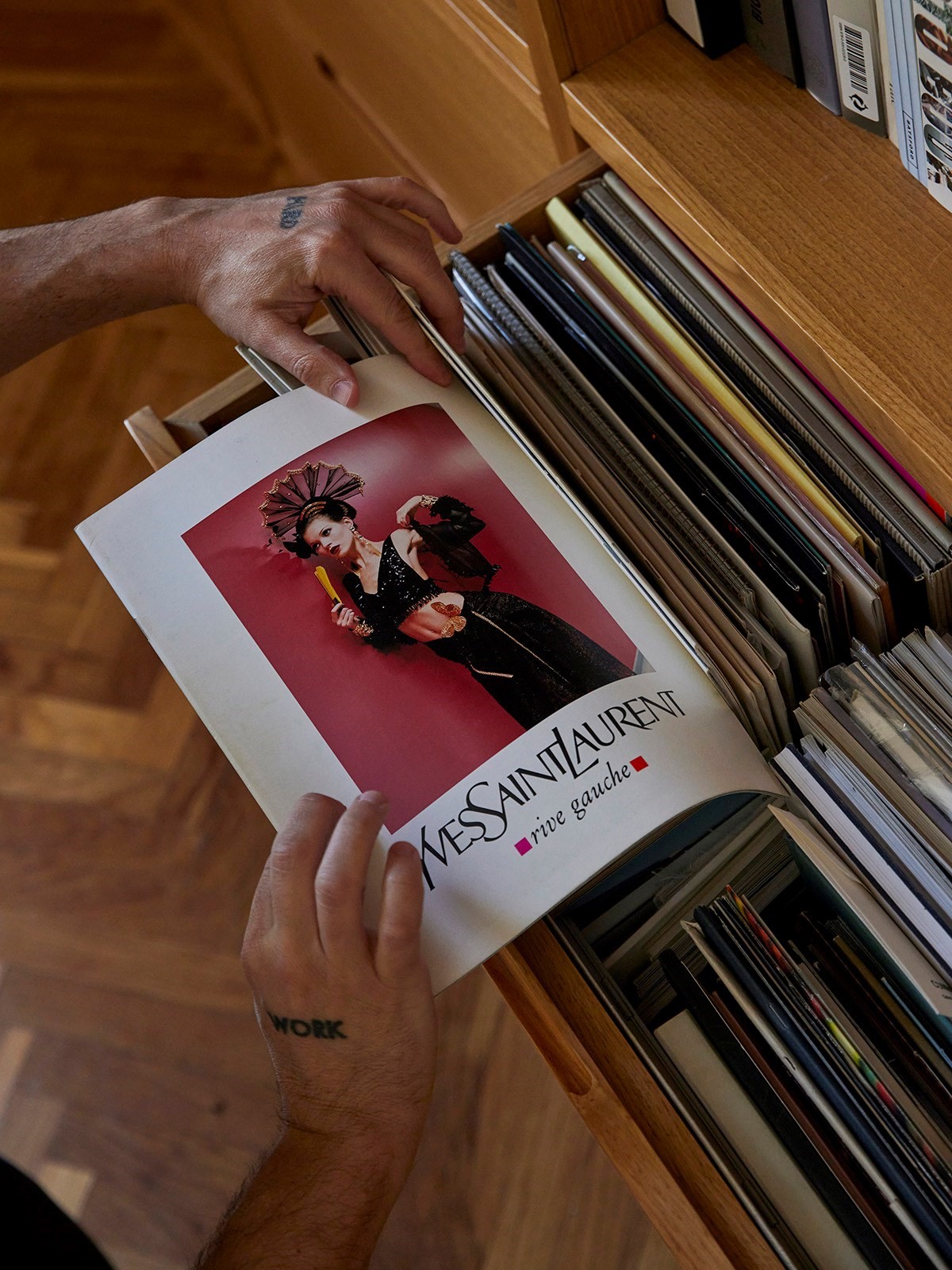
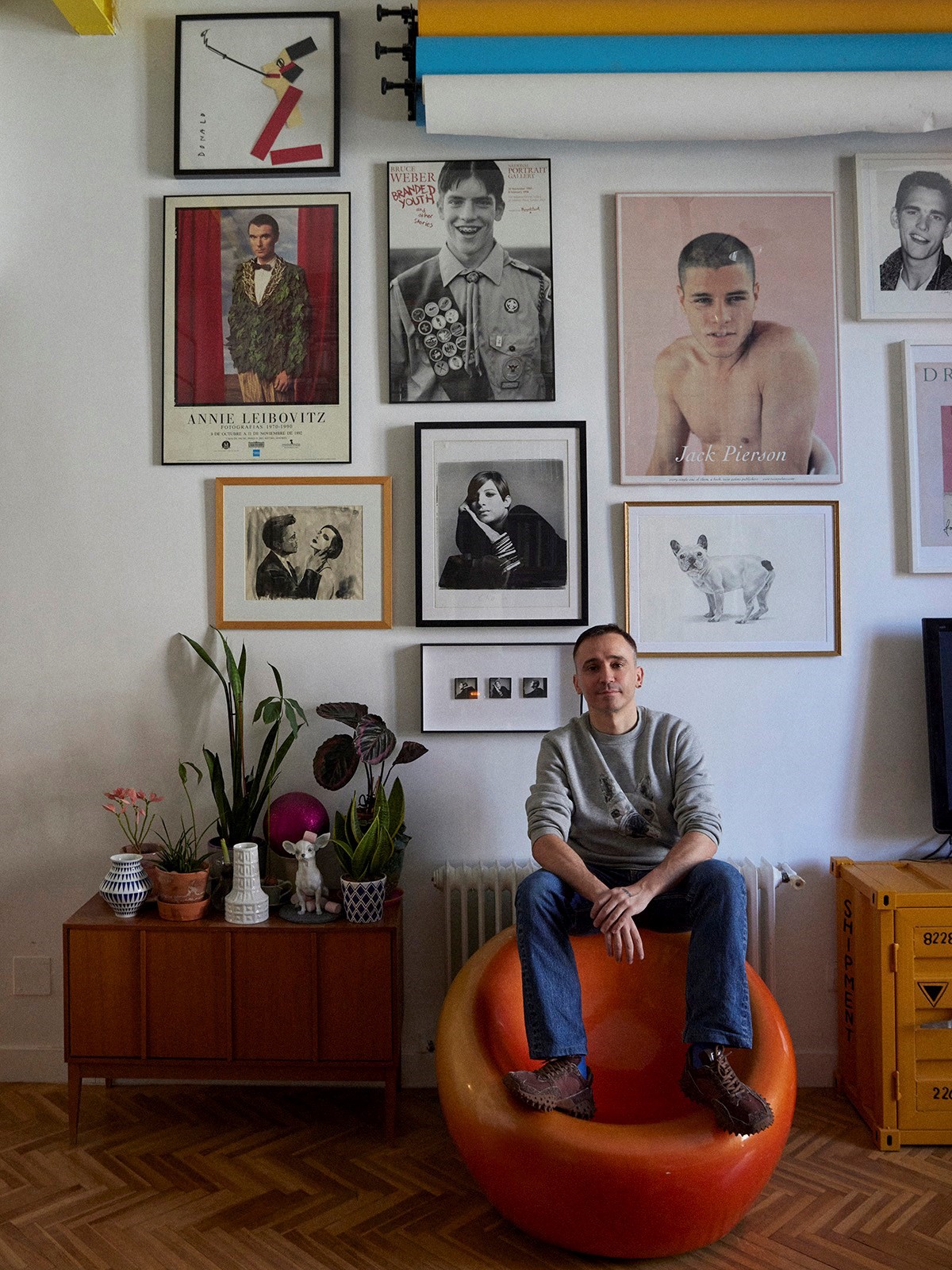
Comics pull people in by means of short, snappy text, drawings, graphics, and narrative-building. It seems that Venegas is just as influenced by his reading and collecting of comic books as he is by his work as a publisher. Candy covers are like tabloids, full of enthusiasm and exaggeration. EY!’s logo resembles a speech balloon; it can even be read as an onomatopoeia. “It’s such a joy reading comic books. I was immediately caught by them as a child. It’s the art of sequencing things, page by page, layouting, compiling; building up a publication. The sense of proportion, formats, whether mini or huge … Also, when I photograph, I’m highly inspired by the postures of characters in comics, much more than models in fashion magazines.”
So who are Venegas’ superheroes? “I select my cover stars intuitively. Some are very well-known, some are outcasts or just personal heroes. I have covered Miley Cyrus, RuPaul, Lady Gaga, the Pose actresses, Lypsinka, Tilda Swinton, Arca, Hari Nef, Dara Allen … it’s a mix between the hottest new model in the business, new people or ‘forgotten’ legendary names that I love to put the spotlight on. Strong personalities that are alive and active.” It’s not only the cover talent that makes up the social sphere of these publications, but also the subscribers, advertisers, newsstand visitors, Instagram followers, other magazine editors – the fashion elite, inspecting the latest issues.
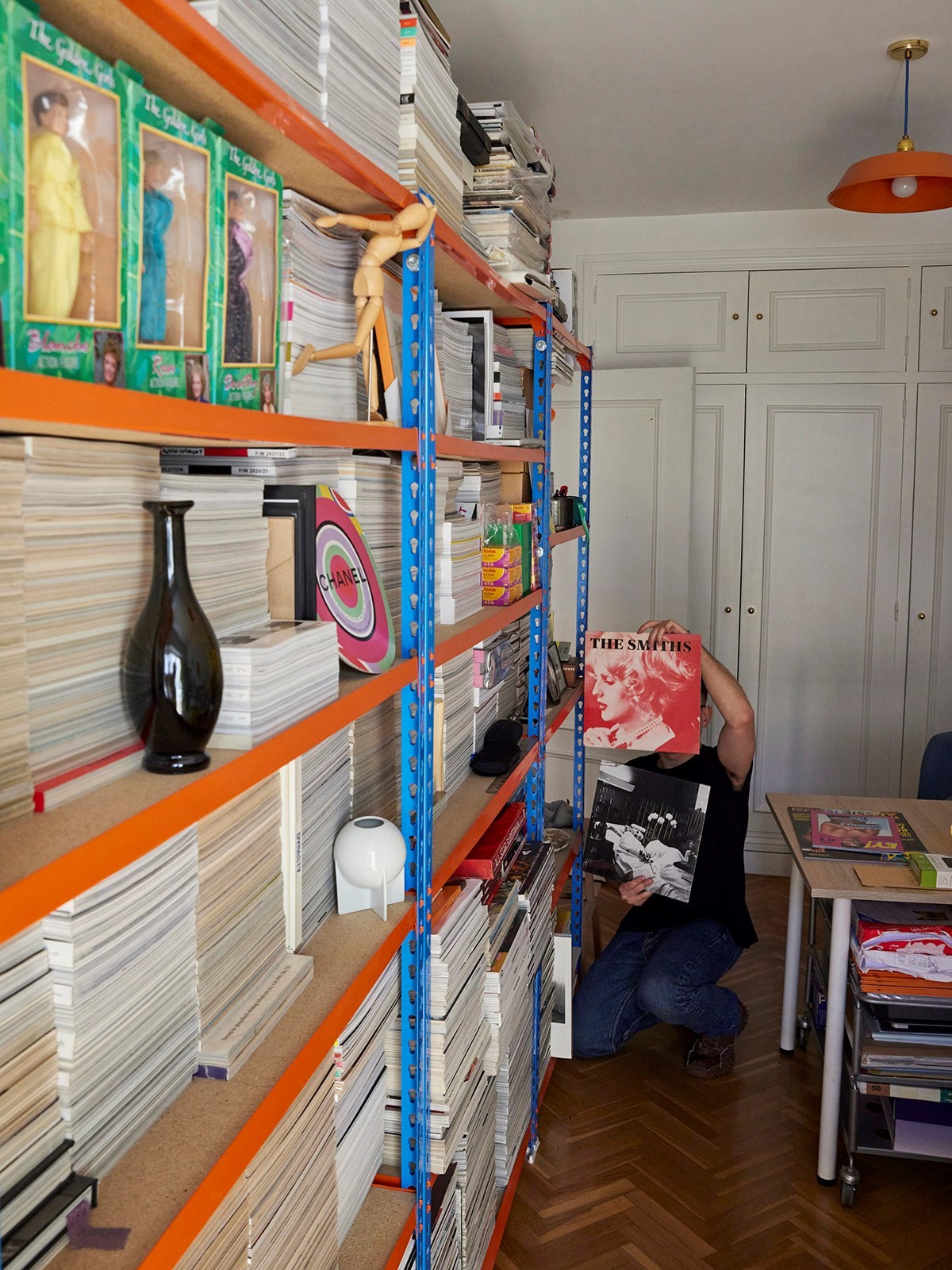

We are so used to accessing everything everywhere all at once. Venegas’ publications are all limited edition, with print runs between 500 and 1,500 copies. “I doubt I’ll ever do a digital edition of my magazines, it goes against my premise. I prefer to print fewer copies, making sure the rare pieces go to the right customers. I also think it’s a bit unethical to have lots of inventory of unsold printed matter. I’d rather make collectibles.” Venegas does not shy away from using multiple covers to draw attention and increase social media presence, even if the stacks come in smaller quantities.
What, then, is his dream format, as a reader, publisher and collector? “The impact of a good book doesn’t rely on format. These days, magazines are becoming bigger, heavier, thicker, and so more and more I appreciate the lighter, smaller publications.” In Venegas’ eyes – despite the stacks of printed matter overflowing in his house – less is more, more or less.



